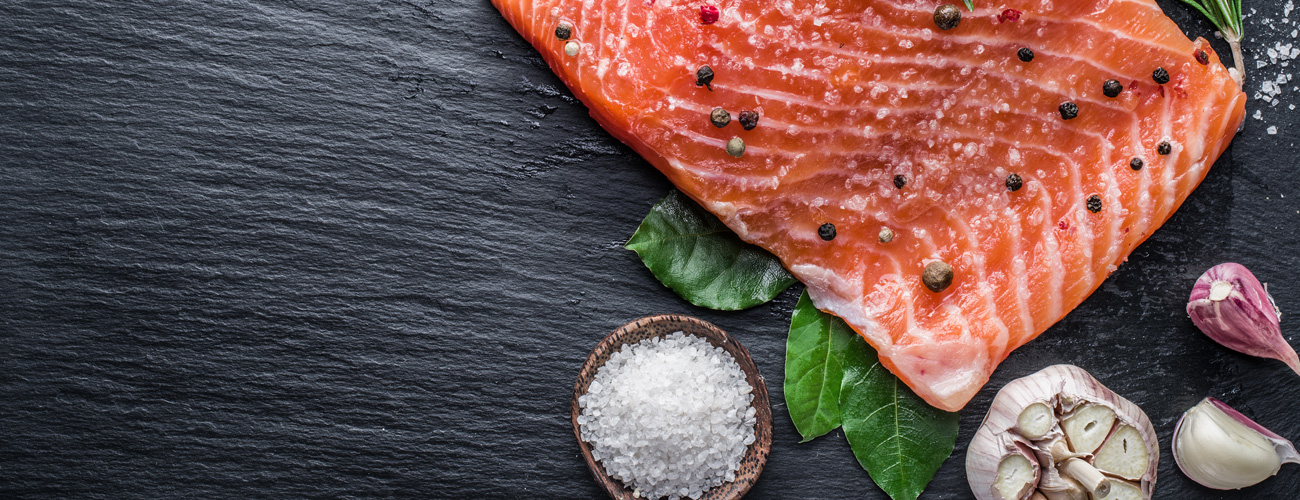According to the American Heart Association you should eat fatty fish at least twice a week to lower your risk for heart disease. One of the better options for fish in terms of both nutrition and health risks is sockeye salmon. This is a type of wild salmon, not a farmed Atlantic salmon.
Classified as an oily fish, Wild Sockeye salmon is considered to be very healthy due to it's high protein, high Omega-3 fatty acids and high vitamin D content.
In contrast Farmed Atlantic salmon contains high levels of dioxins and PCB (polychlorinated biphenyl) levels can be up to 8 times higher than in wild salmon. Omega-3 content is also lower than the Wild salmon.
Nutrition Facts
Consuming 100 g of cooked sockeye salmon provides you with 216 calories, 27.3 g of protein, 87 mg of cholesterol, 66 mg of sodium and 10.9 g of fat, of which 1.3 g is omega-3 fats and only 1.9 g is saturated fat. These fish are also rich in vitamins and minerals, providing 100 percent of the daily value for vitamin B12, 35 percent of the daily value for niacin, 30 percent of the daily value for phosphorus, 15 percent of the daily value for thiamine, 10 percent of the daily value for vitamin B6 and riboflavin, 8 percent of the daily value for magnesium and 4 percent of the daily value for iron, zinc and vitamin A.
Omega-3 Fats
Omega-3 fats are an essential part of your diet since your body cannot make them on its own. These fats may help to lower your risk for heart disease, stroke, arrhythmia, high blood pressure and high triglyceride levels.
Contaminants
Although some types of fish are likely to contain high levels of mercury, PCBs or other contaminants, sockeye salmon is not one of them due to their lack of oceanic fish in their diet. This type of fish is on the Canadian and US Healthy Fish List as one of the safest types of fish, which you can eat two to three times per week.
Expert Insight
Sockeye salmon is safe and very healthy for people, including women who are pregnant and children. Up to 12 oz. per week can be consumed, according to the American Heart Association. For the most nutritional benefit, you should grill or bake your fish rather than frying it, and season it without using much salt.
Lab Results
We have provided Independent Lab Tests for our Seafood. 2011, 2022, 2023
You will notice the extremely low Mercury levels in the Sockeye (<.005ppm) and a very high Omega-3 (2220mg/100g) to Omega-6 (214mg / 100g) ratio = 10:1

